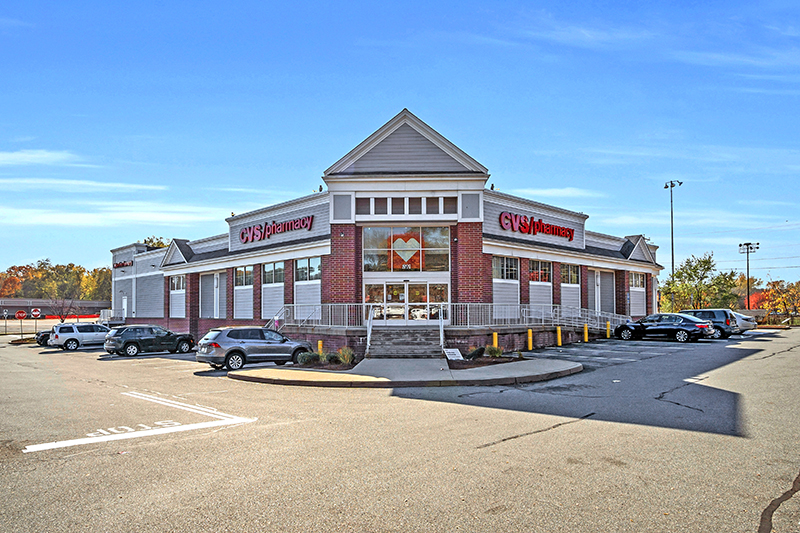News: Retail
Posted: August 25, 2011
Bottom-up firms, operators focused on management and due diligence poised for success
Since the real estate bubble burst and the great recession began, top-down real estate firms, companies rich in capital but with little operating skill, have been forced to cut costs and place a greater focus on core assets. The once trigger-happy, yield-hungry companies have become more conservative in their approach, settling for lower returns and shying away from the cents-on-the-dollar distressed properties that gained popularity after the recession. With the withdrawal of top-down firms from the value-added market, tremendous opportunities have opened up for bottom-up firms, operators, with a focus on management and due diligence. By choosing locations astutely and leasing efficiently, bottom-up firms can succeed in capturing a newly opened market and capitalize on the opportunities waiting.
The treatment of value added assets by top-down firms has changed dramatically over the last four years. Before the bust when prices were on the rise, investment firms increased their value-added holdings, creating tremendous upward pressure on the pricing of risky assets. Large firms were eager to get their hands on the highest yields, and a rising market hid operating inefficiencies. When the market plummeted, the heaviest levered firms were in immediate trouble, and initially sought to recover their losses by buying discounted distressed properties. When the difficulties in managing these assets emerged, top-down firms began reallocating their capital to prime real estate with steady yields and little upside.
Net margins reflect the changes in these markets. According to Dirk Van Dijk, "On an annual basis, net margins continue to march northward. In 2008, overall net margins were just 5.88%, rising to 6.40% in 2009. They hit 8.64% in 2010 and are expected to continue climbing to 9.45% in 2011 and 10.14% in 2012." With margins on the rise, top-down firms are shying away from risky ventures in favor of deals directly aligned with their core businesses. Some non-core assets were deferred to asset management firms, but much has been put up for sale, often at discounts on which efficient operators can capitalize.
The buck has been passed to bottom-up firms to sift through the volume of value added real estate projects and capture the gains possible through efficient operating. A number of skills are important for bottom-up firms to be successful in this pursuit, and first among them is an eye for location. With demand from top-down firms concentrated in New York, Philadelphia, Boston and D.C., opportunities are arising in secondary and tertiary markets, often with demographics that seem less than ideal. Low populations and household incomes often mask attractive retail locations near universities or small but crowded suburban areas with high barriers to entry. Employing a range of management employees with experience in different locations is crucial for picking properties whose revenues will grow, even while properties with better demographics on paper struggle.
Also essential is a renewed commitment to the leasing front. Too often, firms that outsource leasing to third party companies fail to oversee their progress or provide the right incentives for vacancies to get filled; this approach is particularly precarious in post recession times, when recovering businesses are looking for landlords committed to improving the performance of their retail centers. Even if leasing is handled by third party companies, forming relationships with tenants pays dividends in its own right: tenants can be objective judges of the job that leasing companies are doing, and can be valuable resources for sourcing new tenants.
With renewed efforts in due diligence and management, bottom-up firms can be successful in ways not possible for capital-heavy firms with little operating skill. Comprehensive due diligence is sure to source upside opportunities caused by mismanagement and lack of care, and without the constant pressure to put out capital, bottom-up operators can wait for the deals most worthy for investment. Competing with heavily capitalized firms can be daunting in the big cities of the northeast, but becomes far easier in areas ready for growth, and with more time-intensive leasing needs. With the change in strategy by top-down firms, a niche has been opened for operators with capital to spend and time to devote. The only question is which ones will capitalize.
Michael Kaufman is an analyst at Katz Properties, New York, N.Y.
Tags:
Retail
MORE FROM Retail
Mace of KeyPoint Partners negotiates 36,192 s/f lease for The Picklr at Endicott Square
Danvers, MA KeyPoint Partners (KPP) negotiated a lease with the nation’s premier indoor pickleball venue The Picklr at Endicott Sq. Vice president of retail brokerage Don Mace negotiated the transaction on behalf of the landlord.





.jpg)


